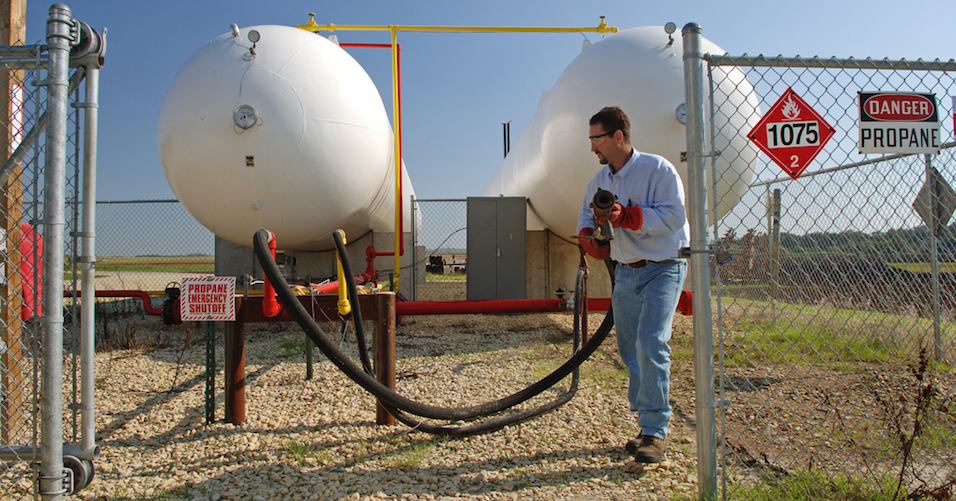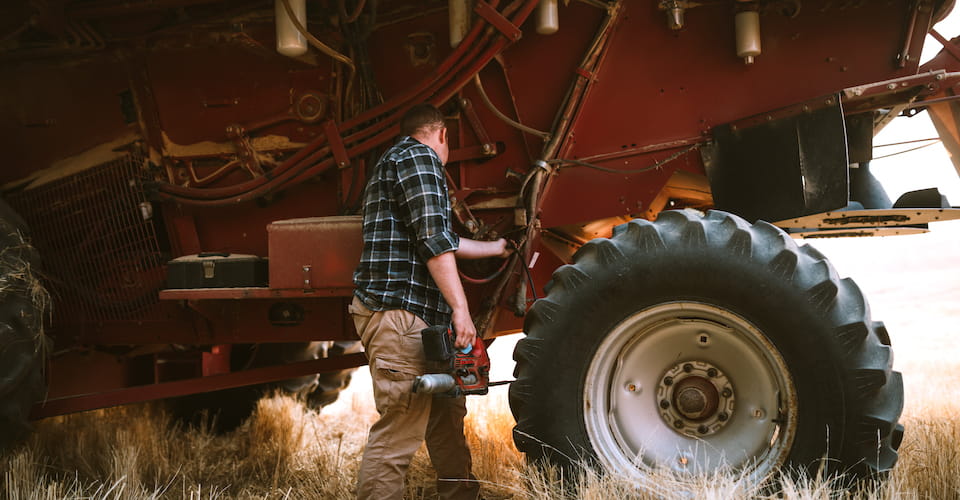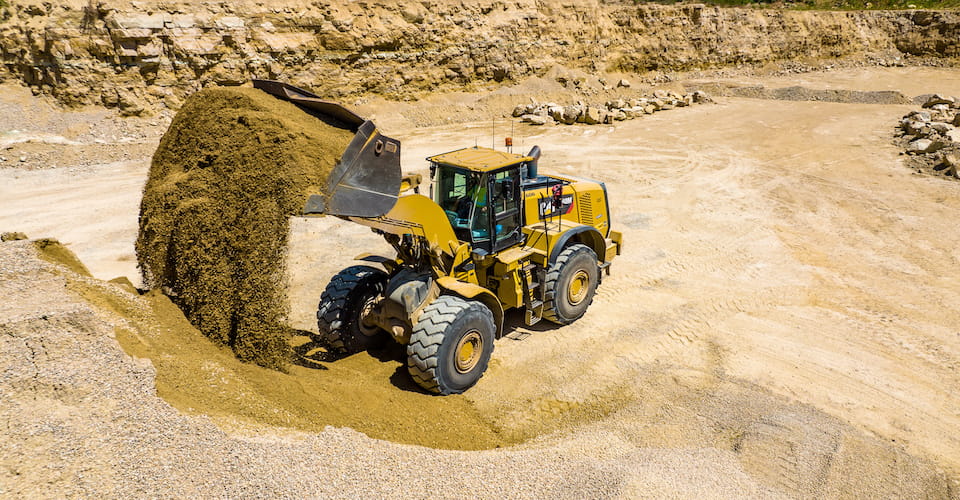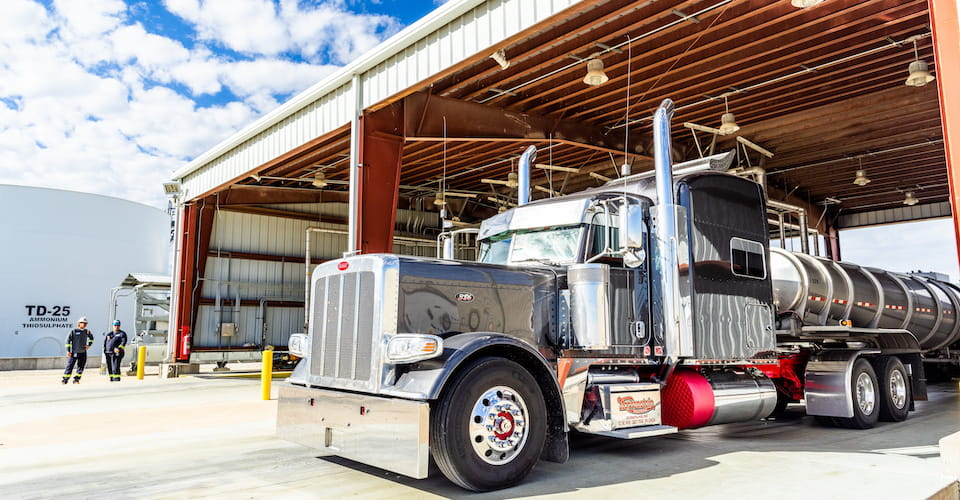
The nation’s propane inventories are surpassing demand and prices are hovering near record lows. However, there’s always a possibility of a spike in demand should a cold snap hit, which is why farmers should take advantage of lower energy prices now.
Capitalize on lower prices
There are multiple ways farmers can take advantage of lower propane costs.
- Invest in larger propane storage tanks to increase onsite supply. Propane does not age or deteriorate in quality, so farmers can confidently store larger quantities of propane to capitalize on lower prices.
- Check with suppliers about contracting options to lock in lower prices and reduce cost volatility. This is an especially helpful strategy leading into the fall and winter months when propane demand is at its highest.
- Fill storage tanks during the spring and summer, when prices are traditionally lower. Some suppliers will offer retail promotions as an incentive to fill tanks during off-peak periods.
When planning for the long-term, farmers should consider right-sizing their propane tanks and expanding their propane storage capacity to meet the growing demands of their operation.
Today’s farmers can harvest their crops much faster than they could 15 years ago. That means more grain is moving through farm operations much more quickly. As a result, some farmers can be caught with an inadequate propane supply during harvest. If there is a need for grain drying and propane supplies run low, operations will come to a halt while farmers wait for a propane delivery. In some cases, local propane suppliers can run into logistical difficulties in delivery propane when demand spikes, which can lead to further delays.
CHS and regional propane retailers are encouraging farmers to increase their propane storage capacity to match these operational shifts.
For more information about evaluating your propane storage needs, check out this quick video featuring Matt Kumm, CHS propane marketing manager.












